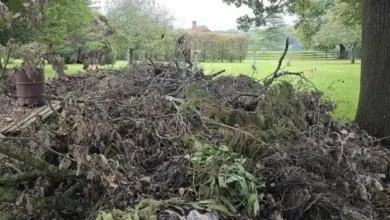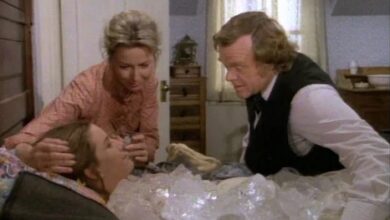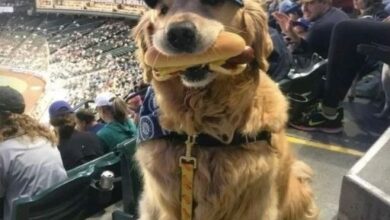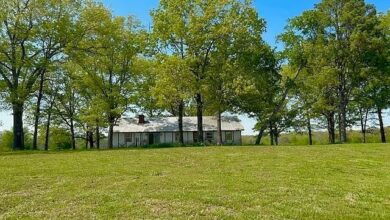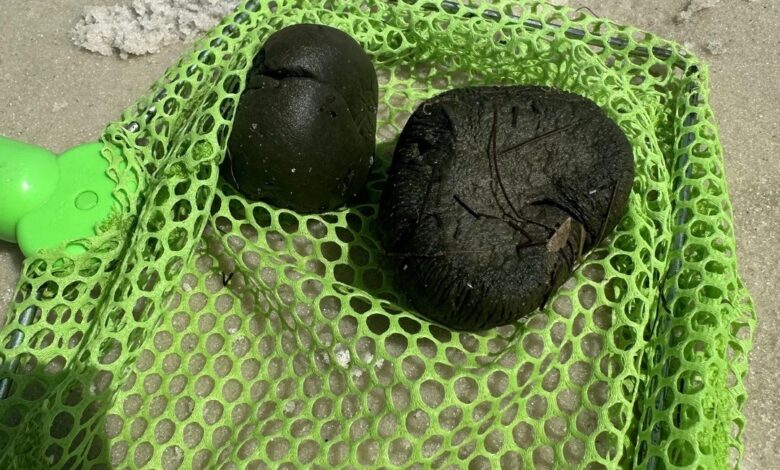
Beach Mystery Solved: What Are These Bizarre Balls Kids Keep Finding?
If you’ve spent any time in the Pensacola Bay area with kids, you may have heard a giggle and a proud “Ha! Look! I found a sea turd!” The name may elicit a chuckle, but these strange little orbs are more down to earth than you might imagine. Those clumps your kids are holding are probably mudballs. There’s an interesting reason why they’re here. It dates to the tides and the seafloor beneath them in the local water body.
A Common Coastal Curiosity
In the bayside waters of Pensacola, especially near sandy banks and grassy marshes, these mud balls are a common sight. You can spot them scattered in every direction, blending into the natural shoreline.
These are not manmade, nor are they marine animal droppings like the nickname might lead you to believe. They are, in essence, nature’s stress ball.
How Mud Becomes a Ball
Here’s what goes on: Mud banks under water — sometimes just out of sight — are made of soft, clay-like sediment. Sections of this mud can, over time, chip off as a result of water currents, wave action, or the routine passage of a person by foot. Once a piece has been split off, the currents of the bay take over. The mud lump rolls and tumbles and is worked like clay by sand and water until it becomes a smooth, rounded ball.
This rolling strategy is akin to how sea glass or river stones become polished with time. The end result? A tug-worthy mass of mud, compact and pliable, like a beachcomber’s treasure.
Is It Just Mud?
In most cases, yes — it’s your typical mud. A lot of the sediments in Pensacola Bay are inherently dark, organic rich and that’s why it appears dark green or close to black. Color and texture can sometimes make you wonder if there might be something else (like tar, or oil, or, hell, some weird bio-waste from the sea) mixed in for good measure. There have been some concerns in the past about underwater pollutants, but by and large this soft clump of ocean gunk is harmless, smell-free and nothing but regular sediment.
Of course, if you ever find one that smells weird, leaves residue or feels uncommonly gummy, you should toss it and wash up. But mostly they’re totally benign.
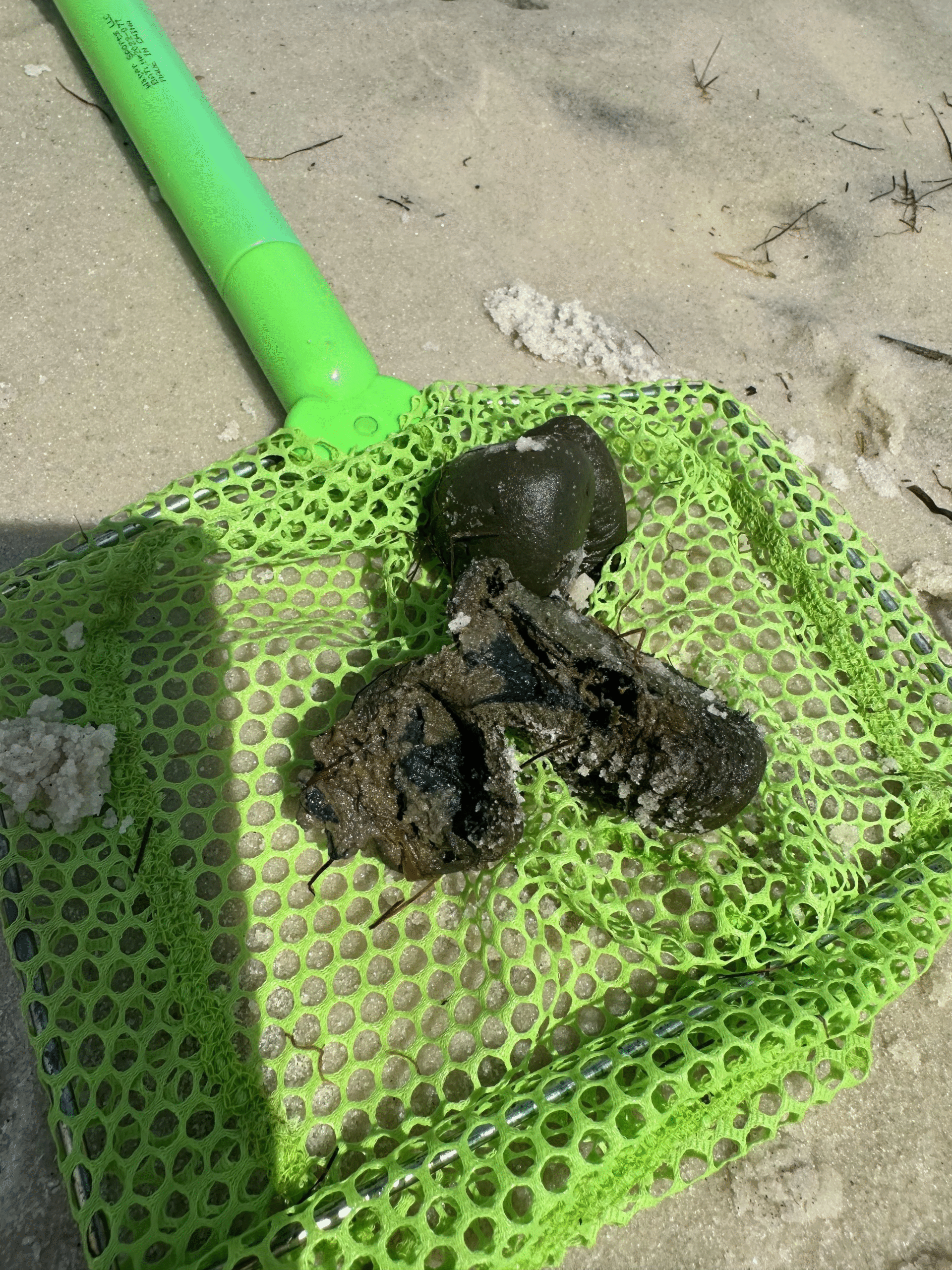
A Coastal Kid’s Keepsake
For generations of American children raised in proximity to the Gulf Coast, the collection of bay mud balls has been a quirky rite of passage. They are odd, fun and mysterious — and they ignite curiosity about the natural world. It is not often that something underwater captures a child’s interest and leads to a discussion about geology and tides.
Now when your kids come running to show you a “sea turd,” perhaps you can look out to them and say: “Obviously, another high-quality instance of the Pensacola Bay mudball.” And perhaps get in on their scraping up a few others.
Mud Balls and Coastal Memory
Odd, unforgettable childhood beach-day finds are special that way. Whether a sand dollar, a strange shell or a squishy green mud ball, these are the little finds that are part of what makes coastal adventures memorable. Unoiled, they may not make it into a museum, but they certainly get included in family tales — and that is what the good old days are all about.

